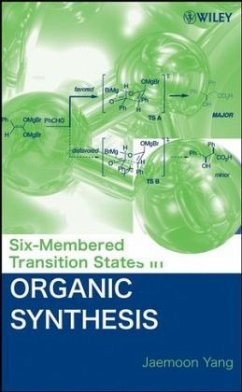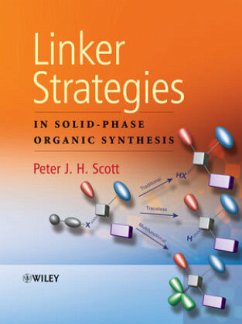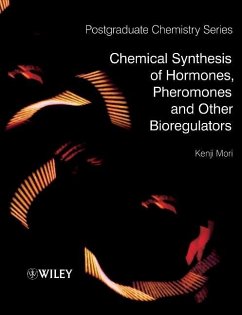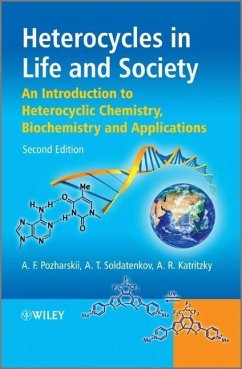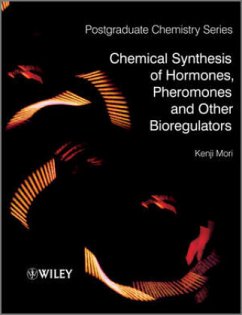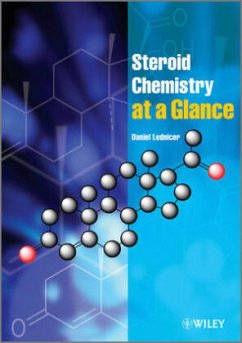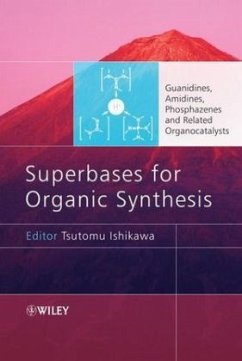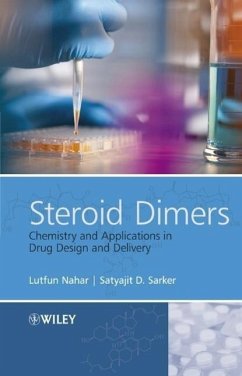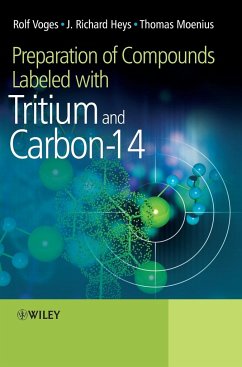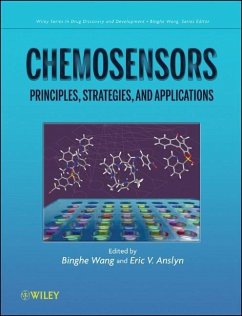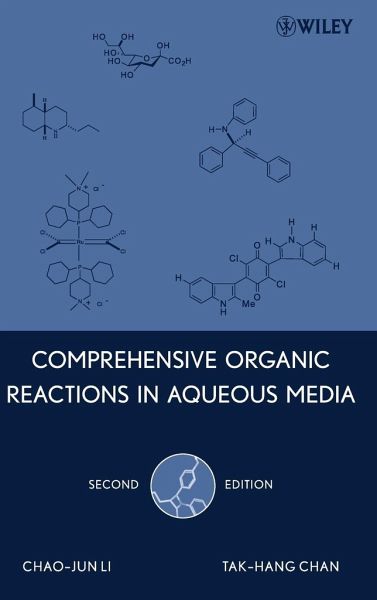
Comprehensive Organic Reactions in Aqueous Media

PAYBACK Punkte
96 °P sammeln!
Organic reactions in water have proven a useful synthetic tool, and provide cost-efficient, safe, and environmentally friendly alternatives to organic-solvent based reactions. This field has been greatly expanded over the last decade, and currently there are many diverse applications in both industry and academic laboratories. Authored by world-renowned experts and extensively updated, this book provides the most comprehensive coverage of aqueous organic reactions available.
Organische Reaktionen in wässriger Lösung - dieses neue Themengebiet wird dem Leser hier umfassend vorgestellt. Zunächst werden theoretische Grundlagen wie die Eigenschaften von Wasser diskutiert; es folgen sechs Kapitel zu wichtigen Reaktionsgruppen (unter anderem pericyclische, nucleophile, metallvermittelte und metallkatalysierte Reaktionen) und schließlich Informationen zur industriellen Anwendung.





